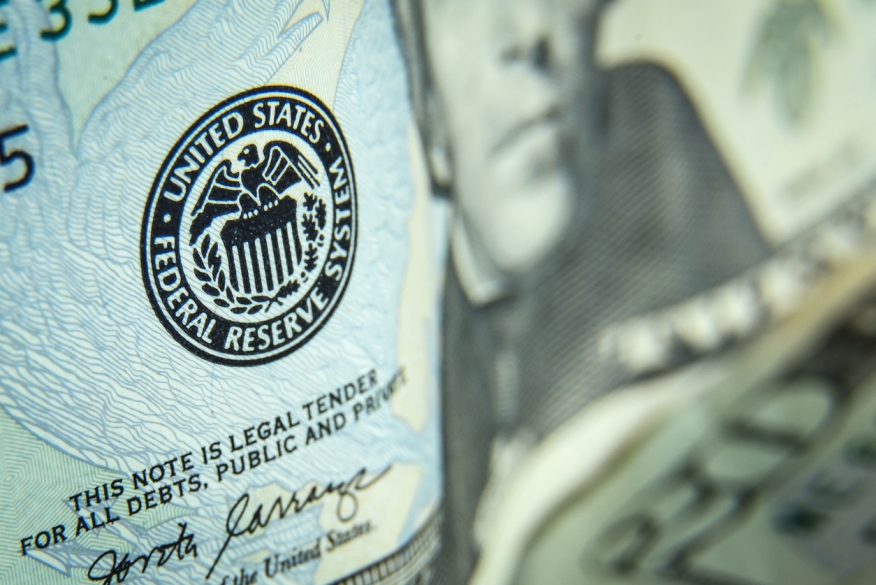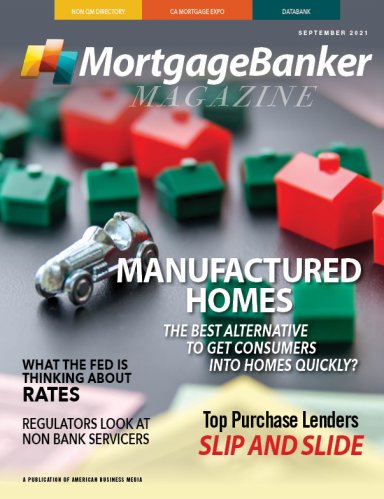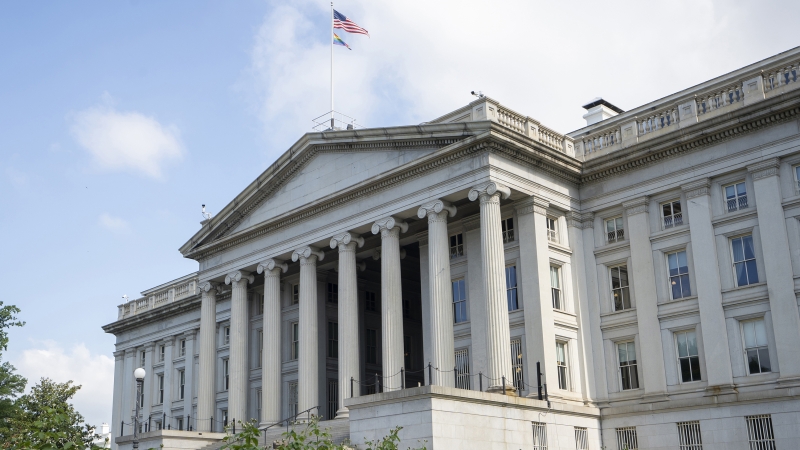Due to the impact of the pandemic, last March the Federal Reserve cut short-term interest rates to zero and restarted its large-scale asset purchases (known as quantitative easing, or QE). Since July 2020, the Fed has been buying $80 billion of Treasury securities and $40 billion of agency mortgage-backed securities (MBS) each month, but there has been a lot of “tapering” talk recently, which would mean slowing the pace of bond purchases. What does this all mean for mortgage rates and borrowers?
Many people believe the Federal Reserve, through the Federal Open Market Committee (FOMC), has a direct impact on mortgage rates. That is untrue. While it does not directly control mortgage rates, its influence on the bond market can indirectly manipulate rates. “Monetary policy” refers to open market operations by the FOMC, or changes to the discount rate and reserve requirements. Additionally, remarks from FOMC members, primarily the presidents of the various Federal Reserve districts, and announcements of what the Fed is doing serve as useful predictors of future rate movement more so than the level of the Fed funds rate.
That being said, residential real estate is on average the biggest asset most people own and the Federal Reserve doesn’t want to risk weakening the economy during a pandemic by letting mortgage rates rise.












